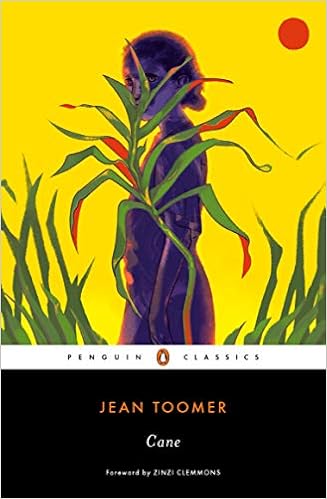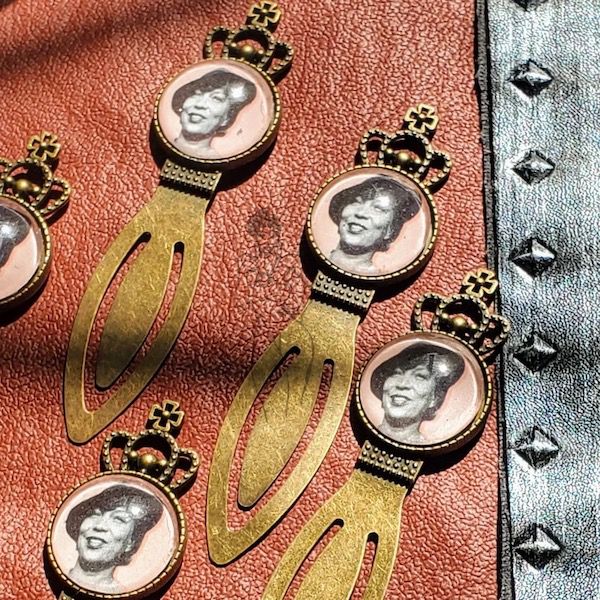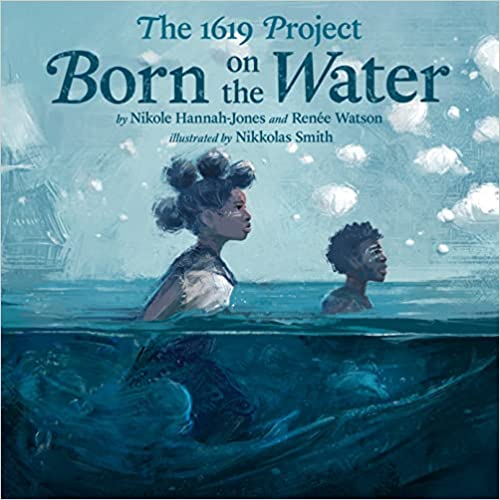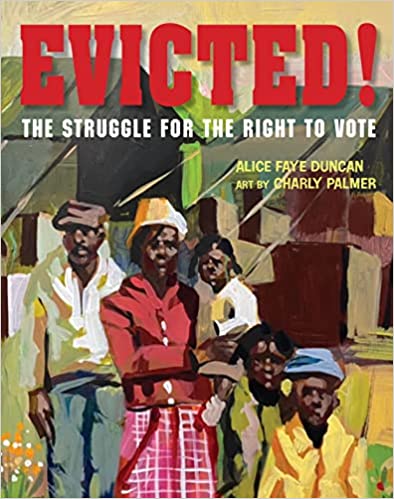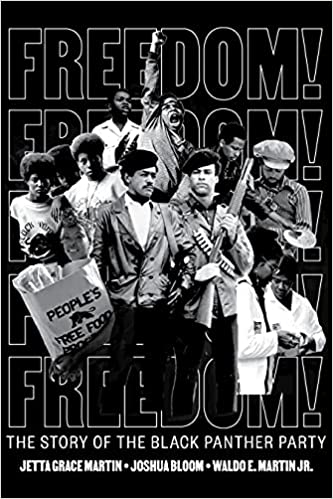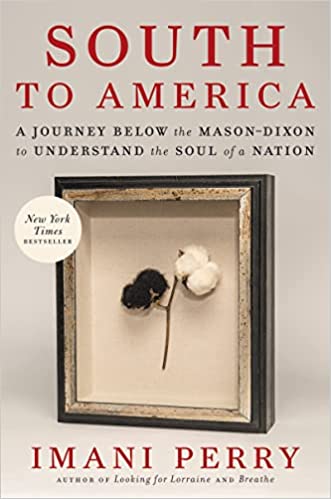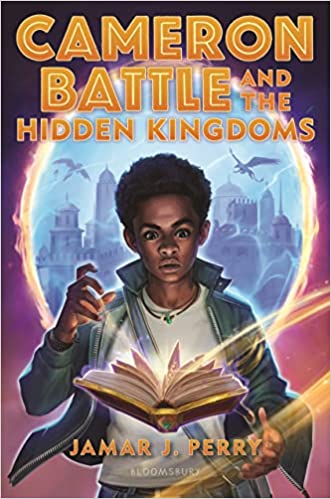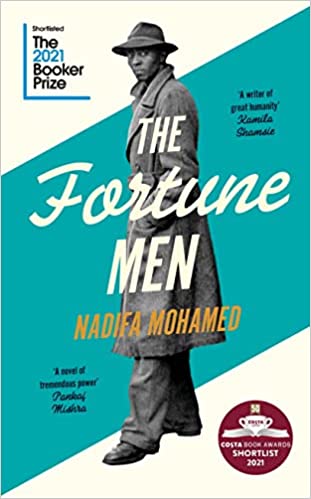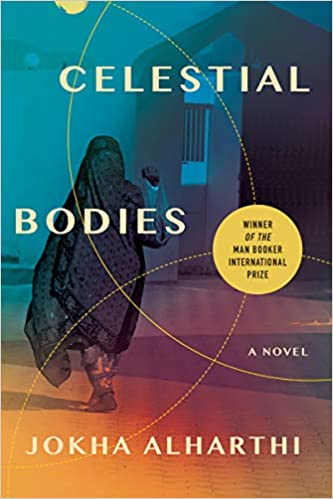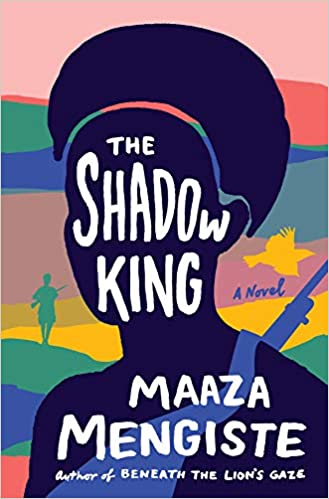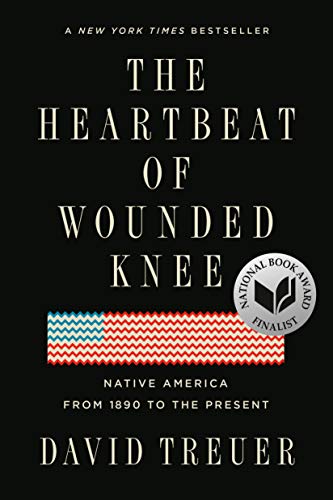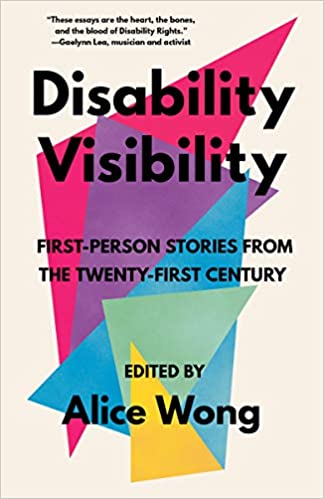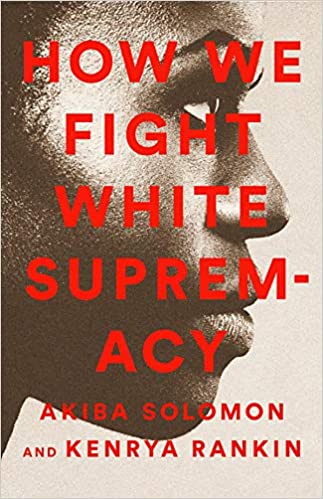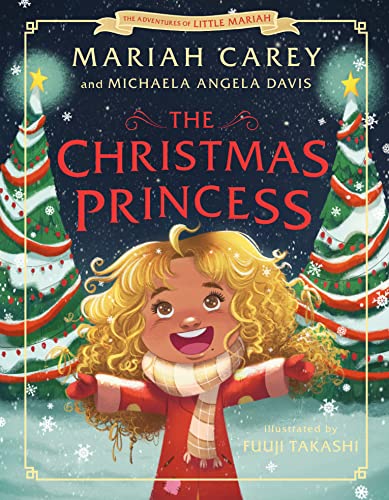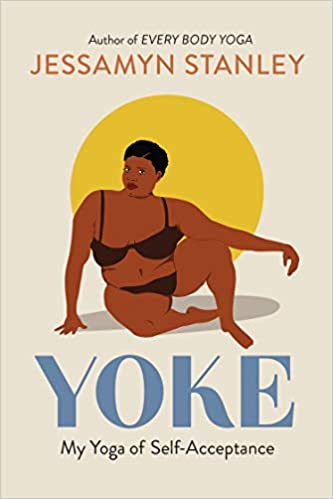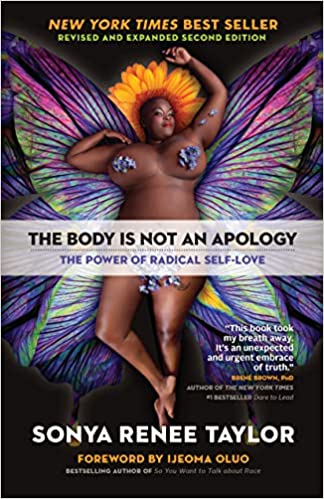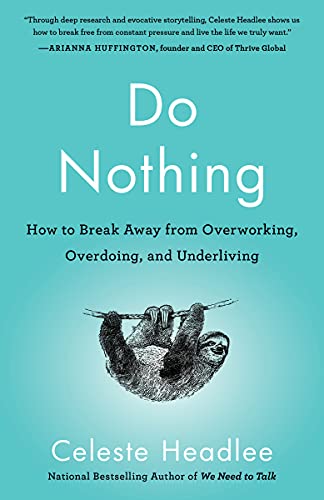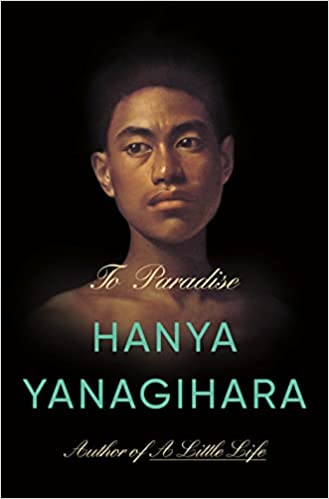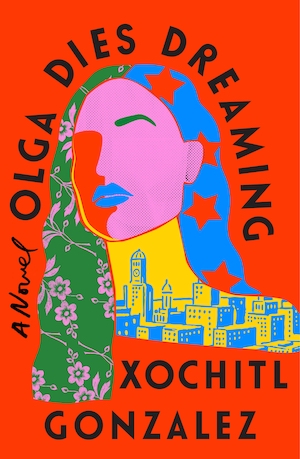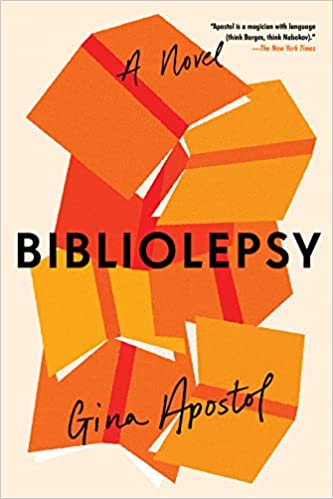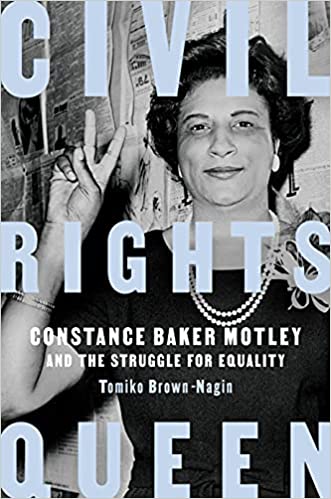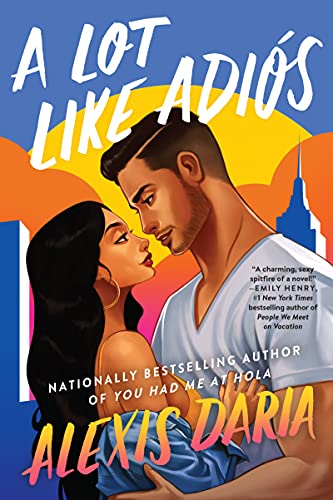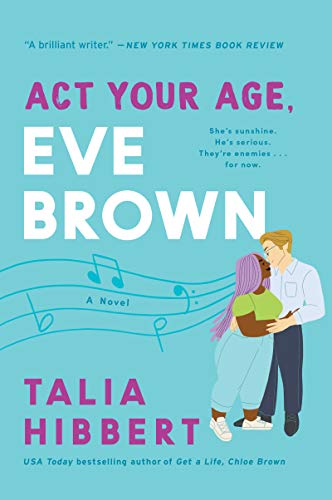Sponsored by Tor Books.
The much-acclaimed viral sensation from Olivie Blake, The Atlas Six—is now newly revised and edited with additional content. The Alexandrian Society is the foremost secret society of magical academicians in the world. Those who earn a place among the Alexandrians will secure a life of prestige beyond their wildest dreams, and each decade, only the six most uniquely talented magicians are selected to be considered for initiation. When the candidates are recruited by the mysterious Atlas Blakely, they are told they will have one year to qualify for initiation. Five, they are told, will be initiated. One will be eliminated.
Welcome to In Reading Color, a space where we focus on literature by and about people of color.
I was worried about quite a few things as we brought in 2022, but Russian invasion was definitely not one of them. Alas, here we are. The outpouring of support I’ve seen for Ukraine has been heartening, at least. Eileen Gonzalez compiled an excellent list of books to help understand how we got to this moment. So far, 400,000 Ukrainians have been able to get away from conflict, but I’ve started to see issues arising concerning African, Asian, and Middle Eastern students being able to leave the country. I hope everyone is able to get to safety soon.
As native Ukrainians and those who have chosen to make Ukraine their home continue to leave conflict, they are having to adapt to everything that comes with being in a new country. I think that regardless of country of origin, this experience involved many of the same things for many people. Because of this, I’ve made a short list of middle grade, YA, and adult books that speak from the perspective of displaced people.
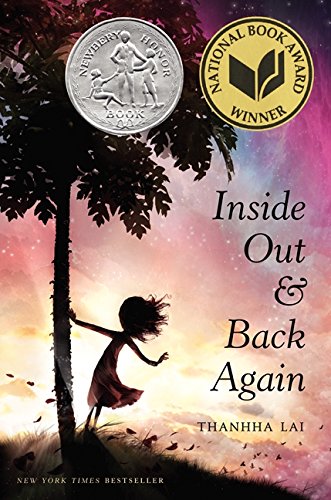
Inside Out and Back Again by Thanhhà Lai
This middle grade novel in verse shows how ten-year-old Hà must leave all she’s ever known to escape the war of Vietnam. Her family finds a sponsor in America and moves to Alabama, where Hà finds bullies, bland food, and a language that is difficult for her to pick up. There is a good amount of humor to be found in this book as Hà adjusts to her new life.
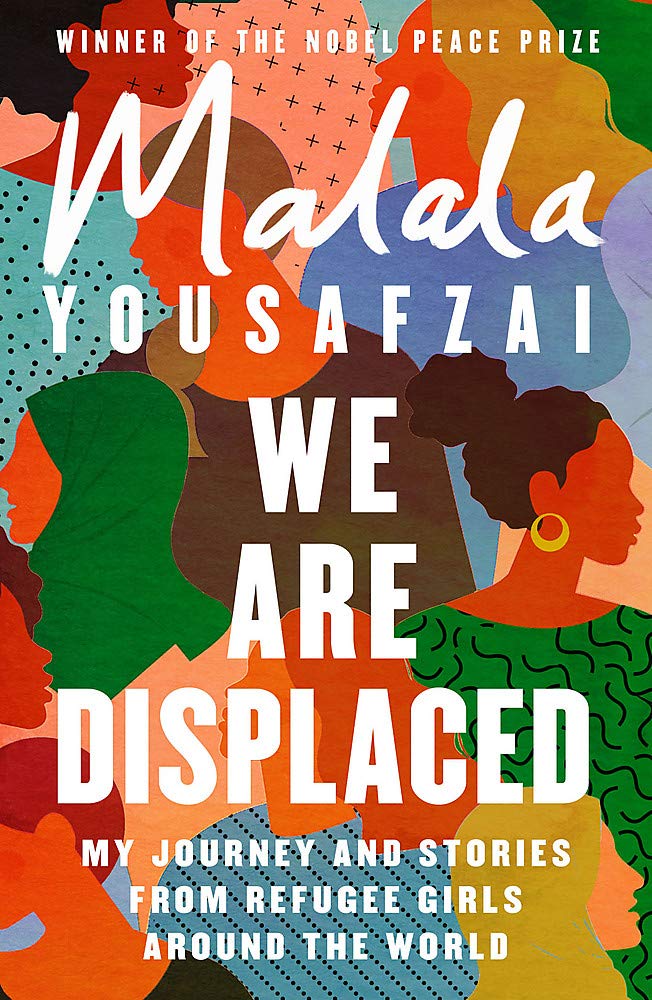
We Are Displaced by Malala Yousafzai
There are over 68.5 million people who are displaced, and this collection of stories gives faces and names to that statistic. It starts with Yousafzai telling of how she had to leave her native Pakistan when she was just eleven. At fifteen, she was shot by the Taliban for protesting about her and other girls’ right to go to school. Here, her story takes up only a small portion of the book, with the rest being given to the stories of other girls— from Columbia to Yemen— who have been displaced.
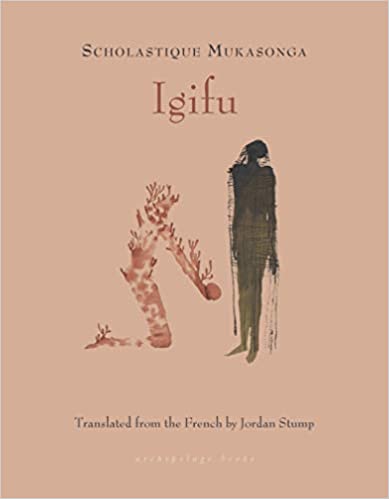
Igifu by Scholastique Mukasonga, translated by Jordan Stump
This takes place during the Rwandan genocide and is another collection of stories, but this time partially fiction and partially autobiographical. Hunger has such a constant presence in characters’ lives that it’s personified as Igifu, “a cruel guardian angel.” A child searches for nourishment at the bud of a flower, a woman recounts her life before the war and after, and a young man remembers his father and the wealth that cattle promised in another time. Zadie Smith has said the collection “rescues a million souls from the collective noun genocide.”
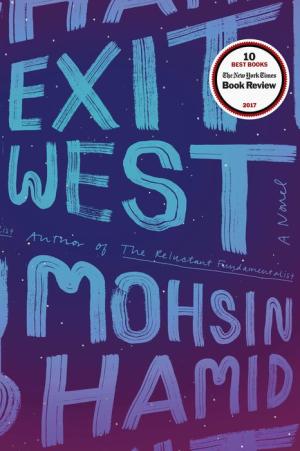
Exit West by Mohsin Hamid
Nadia wears a burka so men don’t notice her. Saeed is quiet. The two meet and become lovers who both try not to be noticed. They only wish to smoke their ganga and take their shrooms in peace as war begins to break out in their unnamed country. The country not having a name serves to show how it could be any country that is experiencing violent upheaval. Once Nadia and Saeed find out there are portals that can take them out of danger, they use them to flee west, first to London and then California. This move takes something from them, though, as they suddenly find themselves in a new world that lacks the happiness and warmth of their home.
Make sure to get your own Read Harder Book Journal from Book Riot to track your reading for the year!
A Little Sumn Extra
Jan. 6 Report Will Be Published as Book
Memoirs to look forward to in 2022
Goodies to celebrate Sailor Moon’s 30th anniversary
Kelly Jensen details what kind of advice vintage books offered teens
Oklahoma Attorney General drops obscenity investigation of books
Here’s a list of horror novels and novellas written by Black women
Here are some Queer Black Romances to read
Don’t forget you can get three free audiobooks at Audiobooks.com with a free trial!
Thanks for reading; it’s been cute! If you want to reach out and connect, email me at erica@riotnewmedia.com or tweet at me @erica_eze_. You can find me on the Hey YA podcast with the fab Tirzah Price, as well as in the In The Club newsletter.
Until next time,
-E


